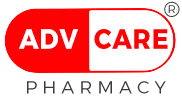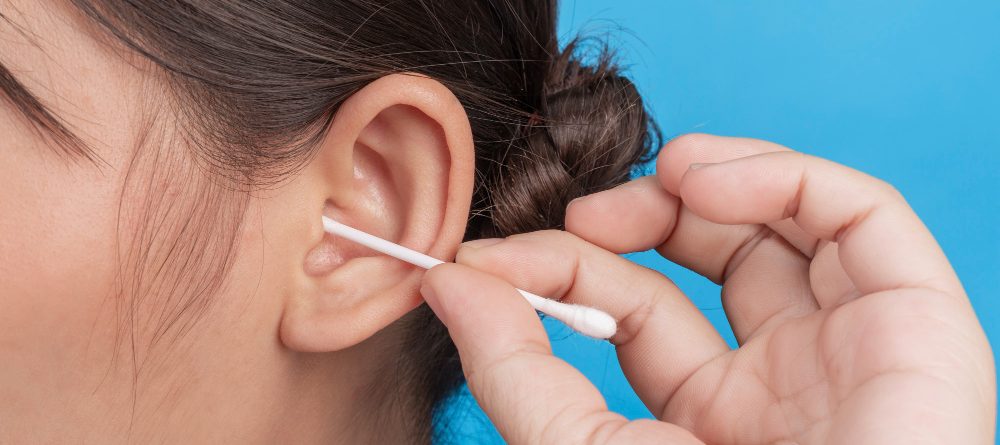Earwax Essentials
Experiencing discomfort due to ear fullness or dulled hearing often indicates the presence of cerumen impaction, commonly known as an earwax blockage. This condition arises when an excessive amount of earwax accumulates, prompting individuals prone to such blockages to seek effective methods for at-home earwax removal.
Earwax, medically referred to as cerumen, is a natural secretion produced by the body. The ear canal lacks sufficient space for shedding dead skin cells, necessitating the production of an oily substance by glands within the ear to trap these cells and prevent their accumulation, thus forming earwax. This substance serves a vital purpose by moisturizing the ears and safeguarding them against harmful agents such as bacteria and fungi.
However, an overabundance of earwax can lead to discomfort, temporary hearing impairment, and even ear infections. Earwax blockages, or impactions, occur when earwax becomes dry and hard, obstructing the natural flow out of the ear canal. Individuals across all age groups, especially children and older adults, are susceptible to this condition.
Symptoms of an earwax blockage may include:
- Muffled hearing
- Ringing in the ears
- Ear fullness
- Ear itching
Fortunately, various home remedies can facilitate safe and effective earwax removal.
One such method is ear irrigation, utilizing warm saline or sterile water to dislodge earwax. It involves gently squirting the solution into the ear canal and tilting the head to facilitate its removal. Additionally, earwax softeners, such as carbamide peroxide or hydrogen peroxide solutions, can be employed to soften the wax, allowing for easier removal.
It is crucial to avoid unsafe methods of earwax removal, such as using cotton-tipped swabs or ear candles, which can exacerbate the issue and potentially cause injury to the ear canal or eardrum. Seeking professional medical assistance is advised if symptoms persist or if there is a history of ear surgery or trauma.
Individuals with certain medical conditions or taking specific medications should also consult a healthcare provider before attempting at-home earwax removal. Moreover, preventative measures, such as refraining from excessive ear cleaning and avoiding the insertion of foreign objects into the ear canal, can help mitigate the risk of earwax buildup.
While earwax serves as a protective mechanism for the ears, its accumulation can pose challenges. Employing safe and effective methods for at-home earwax removal can alleviate discomfort and restore optimal hearing. However, seeking professional medical advice is essential in cases of persistent symptoms or underlying medical conditions.











